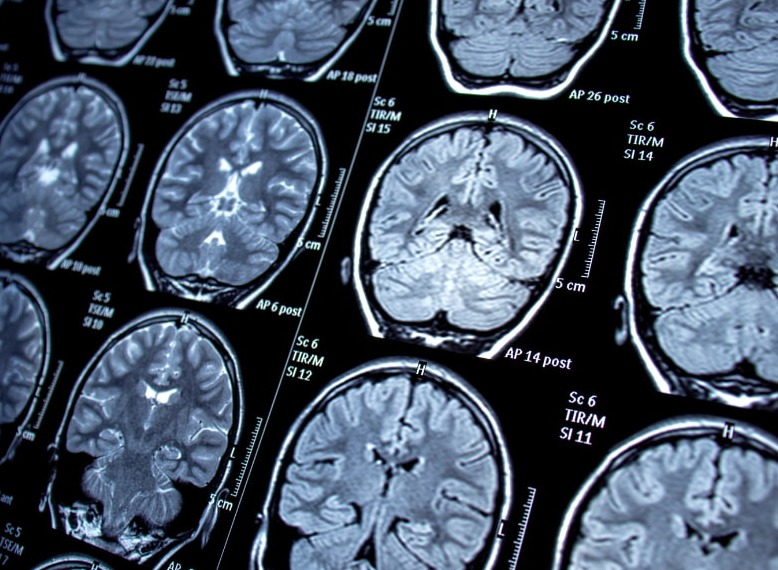- Home
- Forums
- Epilepsy Forum
- Living with epilepsy
- Understanding epilepsy: what are the different types of seizures?
Patients Epilepsy
Understanding epilepsy: what are the different types of seizures?
- 14 views
- 0 support
- 2 comments
All comments

Lee__R
Community managerGood advisor
![]()
Lee__R
Community manager
Last activity on 04/03/2020 at 5:04 PM
Joined in 2018
1,336 comments posted | 14 in the Epilepsy Forum
2 of their responses were helpful to members
Rewards
-
Good Advisor
-
Contributor
-
Messenger
-
Explorer
-
Friend
-
Top chef
@Survivor @Paulam02 @Kjess_srn @ephelpme @poshbear @alexxa96 @emilie2 @Samuel @epain01 @sneezy @emilie1 @MrsTomsha @SkylerT @Terri324
![]()
ephelpme
![]()
ephelpme
Last activity on 06/28/2019 at 2:36 AM
Joined in 2019
10 comments posted | 7 in the Epilepsy Forum
Rewards
-
Contributor
-
Explorer
Thank you for sharing and trying to bring awareness to epilepsy! Many people I come in contact with do not know what epilepsy is, but know the term "seizures" but they only think of seizures as being tonic and/or clonic.
I suffer from tonic-clonic epilepsy and Tegretol has helped...
Give your opinion
Survey
Survey
Members are also commenting on...
Articles to discover...
Subscribe
You wish to be notified of new comments
You have been subscribed








Lee__R
Community managerGood advisor
Lee__R
Community manager
Last activity on 04/03/2020 at 5:04 PM
Joined in 2018
1,336 comments posted | 14 in the Epilepsy Forum
2 of their responses were helpful to members
Rewards
Good Advisor
Contributor
Messenger
Explorer
Friend
Top chef
Epilepsy seizures
When people hear the phrase “epilepsy” they immediately think of one of the main symptoms of epilepsy: seizures. However, what many people aren’t aware of is the fact that seizures are complex and varied. There exists several different types of seizures and knowing them can help you understand epilepsy better, explain epilepsy to others and increase the awareness for those who don’t suffer from it.
Firstly, seizures are categorized into two types, either focal (or partial) seizures or generalized seizures.
Focal Seizures
Unlike generalized seizures, during focal seizures the patient still has some or total awareness of their surroundings and what is happening. Focal seizures are usually quite brief, lasting from mere seconds to 2 minutes. They affect different parts of the body depending on which part of the brain is having the seizure.
The impact of these seizures can be quite slight, from having a stiff arm and lip smacking to more severe symptoms. Seizures do not only have an impact on the movements of the body but also how one's mental state. During a seizure individuals may hallucinate, have impaired vision, and have overwhelming feelings of fear and anxiety. These symptoms vary from person to person, as a seizure affects everyone differently.
Generalised Seizures
Unlike focal seizures, generalized seizures affect the whole brain and therefore, the patient becomes fully unconscious. These seizures generally last between 1 to 3 minutes. If it lasts over 5 minutes, then it is recommended to seek immediate medical attention.
These are five types of seizures that can occur:
1. Tonic-Clonic Seizures
Tonic-clonic seizures are the most associated with epilepsy. First, the patient will stiffen (this is the tonic phase) and all the air will be pushed out of their body, causing a groaning or moaning sound. They will then fall to the ground and experience the clonic phase. This is the stage where the person will begin to experience a convulsion and jerking wildly.
2. Absence Seizures
These seizures are the most ordinary and sometimes difficult to detect. They last just several seconds and do not involve any convulsions. The patient may just become frequently distracted, staring into space and appear to be daydreaming. They are, however, unconscious during this time and unaware of their surroundings.
3. Myoclonic Seizures
Myoclonic seizures are very brief and might just be one jerk of a muscle, such as a hand rapidly jerking into the air. From the outside, it might not look like an epileptic seizure at all because the person still appears to be fully conscious and the lapse of consciousness is so brief. It occurs when patients are tired and manifests in the arms, legs, neck, or body.
4. Atonic Seizures
These seizures are common in children and they involve a sudden drop or slack in the body or head. The head may droop forward or the body can slump completely to the ground. These can also be known as “drop attacks”. These seizures last up to fifteen seconds and the person is fully unconscious.
5. Tonic Seizures
Tonic seizures involve the limbs or body suddenly becoming completely stiff. Patients can have a slight change in consciousness during these seizures and they last for up to 20 seconds. They generally occur when the patient is sleeping so they may not be aware that a seizure has occurred.
6. Clonic Seizure
This is the rarest of all seizures and it occurs predominately in babies. It lasts between 1 and 2 minutes and causes the whole body to jerk. The muscles relax and tense repeatedly over the course of the seizure.
People with epilepsy can suffer a mix of seizures or they can vary throughout their life, but these are the most common for those suffering from epilepsy. Many people aren’t aware of the vast differences between seizures so we hope this article has enlightened you!
What type of seizures do you suffer from? Have you heard about all these types before? Please share to help raise awareness!